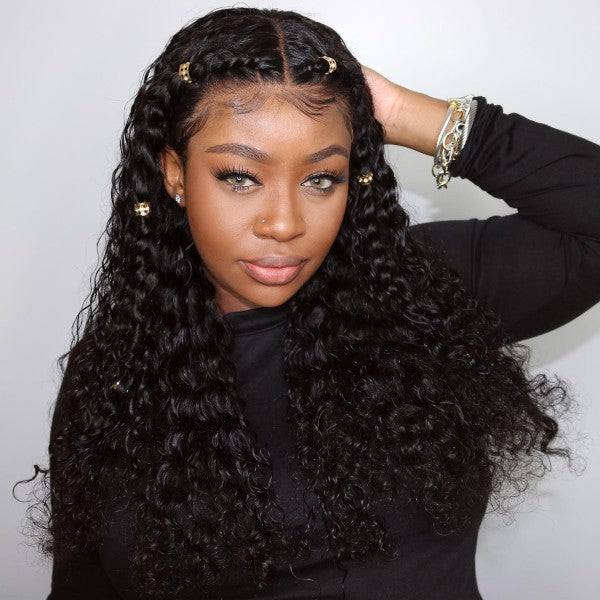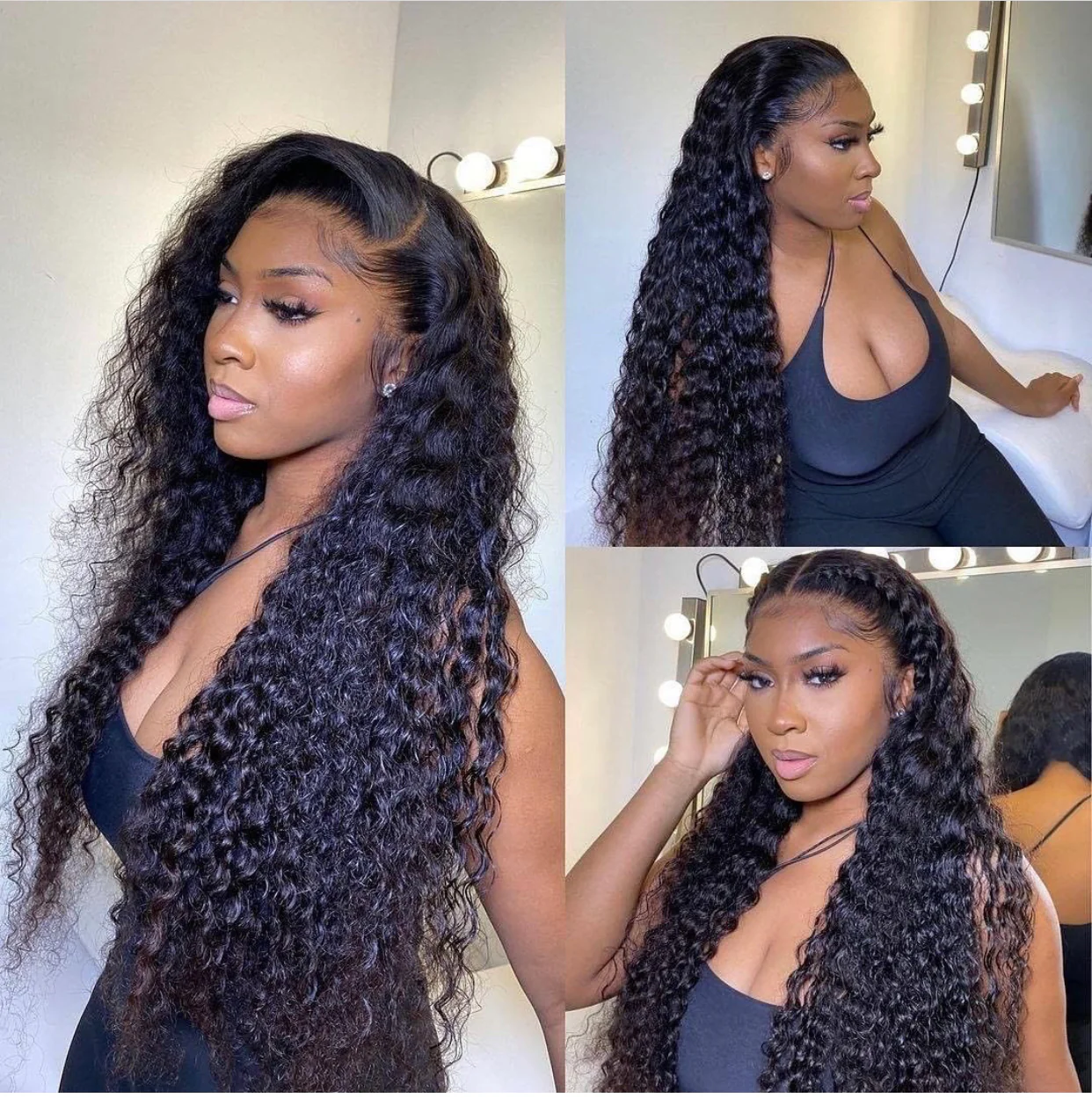
Introduction to Synthetic Wigs
When you think of wigs, two main types probably come to mind: human hair and synthetic. Synthetic wigs have gained popularity for their affordability and low maintenance. But what exactly are these wigs made of? Let’s dive into the world of synthetic wigs to uncover their materials and benefits.

what are synthetic wigs made of
What Materials Are Used in Synthetic Wigs?
Primary Components
Synthetic wigs are primarily made from man-made fibers. The most common materials include:
- Acrylic: Lightweight and available in a variety of colors, acrylic fibers are often used because they can mimic the look and feel of natural hair.
- Polyester: Known for its durability and resistance to fading, polyester makes wigs last longer and retain their color well.
- PVC or Kanekalon: These fibers are flame-retardant and have a texture similar to human hair, making them a popular choice for wig making.
How Are These Fibers Made?
The fibers used in synthetic wigs are generally crafted through a process called extrusion. This involves melting the synthetic materials and pushing them through a spinneret to form individual fibers. These fibers are then cooled and stretched to create a strong, hair-like consistency.
Advantages of Synthetic Wigs
Ease of Maintenance
One of the biggest draws of synthetic wigs is their ease of maintenance. Unlike human hair wigs, synthetic wigs hold their style and shape after washing. They are essentially “wash-and-wear.”
Cost-Effectiveness
Synthetic wigs are generally more affordable than their human hair counterparts. This makes them a great option for those who want style variety or need a wig for a short period.
Variety in Style and Color
With advances in technology, synthetic wigs now come in a wide range of colors and styles. Whether you’re looking for something bold or a style that mimics your natural hair, there’s likely a synthetic wig that meets your needs.
Disadvantages of Synthetic Wigs
Less Styling Flexibility
While synthetic wigs maintain their style easily, they also offer less flexibility when it comes to restyling. High heat from curling irons and straighteners can damage these wigs unless they are specifically labeled as ‘heat-friendly.’
Shorter Lifespan
Synthetic wigs tend to have a shorter lifespan than human hair wigs. Frequent wear and washing can cause the fibers to frizz and become brittle over time.
Caring for Your Synthetic Wig
Washing Tips
To extend the life of your synthetic wig, wash it gently with a wig shampoo in cool water. Avoid wringing it out and instead, gently pat it dry with a towel before letting it air dry on a wig stand.
Styling and Storage
Avoid using high heat for styling unless your wig is heat-resistant. Store your wig on a wig stand or mannequin head to keep its shape and prevent tangles.
Conclusion
Synthetic wigs offer a practical and budget-friendly alternative to human hair wigs. They provide a variety of styling options and require minimal upkeep, making them a favorite among many wig wearers. By understanding what synthetic wigs are made of and how to care for them, you can enjoy the benefits of these wigs while keeping them looking fresh and natural.
This guide should help you get started on your journey with synthetic wigs, whether you’re a first-timer or looking to add to your collection. With the right care, a synthetic wig can be a stylish and convenient addition to your everyday look.
Recommended Reading
How to Solve Cosplay Wig Dilemmas
Cosplaying as a favorite character is a thrilling experience, but creating a convincing look, especially with the hair, can be a formidable challenge. This guide delves [...]
How to Trim Bangs on a Wig More Naturally?
Achieving a natural look with wig bangs can be tricky, but with the right techniques, it's totally doable. Whether you're rocking a full wig or just [...]
Unveiling the Allure of Raquel Welch Wigs: A Cut Above the Rest
In the ever-evolving world of wigs and hair extensions, one name stands out as a beacon of quality, innovation, and undeniable style – Raquel Welch. This [...]
Wig Color Recommendations Across Different Age Groups
Navigating the world of wigs can be as exciting as it is daunting, especially when it comes to choosing the perfect color that not only complements [...]
The Love Affair with Lace Front Wigs: Unveiling the Reasons Behind Their Popularity
In the ever-evolving world of beauty and haircare, lace front wigs have emerged as a cornerstone of style and versatility, capturing the hearts of wig enthusiasts [...]
How to Keep Human Hair Wigs Soft and Manageable?
In the enchanting world of beauty and fashion, wigs made from real human hair have become an indispensable accessory for many, offering the versatility to change [...]




